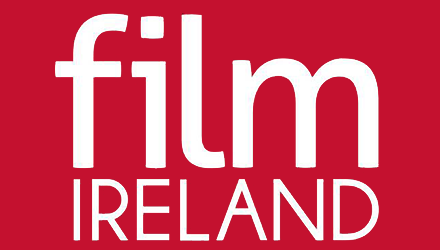Grace Corry takes a look at Sé Merry Doyle‘s Talking to My Father, which screened as part of the Jameson Dublin International Film Festival.
On a blue racer, Simon Walker cycles into the opening scene of this latest release from Loopline Productions, Talking to my Father. Propping his bike up against a high stone wall, he climbs its frame and a faint, nostalgic laughter sweeps the audience as he peers over to examine the hidden house that he grew up in. As he looks, photographs from the ’60s of a walled futuristic haven in the heart of Dublin city appear on screen – narrated by Simon, we take a pictorial tour of his early youth.
Sé Merry Doyle’s documentary follows Simon on his journey back through his own life and relationship with his father, Robin Walker. Robin was a remarkably talented and prolific figure in the reformation of Ireland’s architecture in what was an emerging, modern nation. Simon, also an architect, traces his memory with his father’s architecture as his guide, travelling Ireland from building to building, conversing with each across what Robin Walker understood to be a breathtakingly beautiful landscape, recognised in his work.
The documentary is in large part about that – the relationship we have with our environment and how architecture, particularly that of Robin Walker, contributes to that relationship.
Speaking to Sé Merry Doyle, he said he wanted to make a documentary about the human story within this, about the bond between father and son and the passion they shared for their art, juxtaposed by society’s transgression of it, highlighting the omnipresent role architecture plays in our lives and how little we value its history. There are certain elements of loss – Simon at times throughout seems unfulfilled by his relationship with his father, but where the humanistic aspects of the film appear wanting, the conversation through architecture deepens and it is these moments that reveal the tenderness felt, reinforced by the past and by his father’s absence.
The scenery is spectacular. We traverse Kenmare and Kinsale to Howth, with cinematographer Patrick Jordan providing long, worshipful shots that pan in time with the imagination thus creating an ease of understanding, lured by Simon’s narration which is in turn punctuated by Patrick Bergin reading Robin’s musings and philosophies that have been lovingly curated by his son. In this rhythm, we understand the importance of the telling of this story between father and son – not just its importance in capturing a story of love, but a story that teaches us that the most powerful and perhaps permanent thing in life is our memory.





